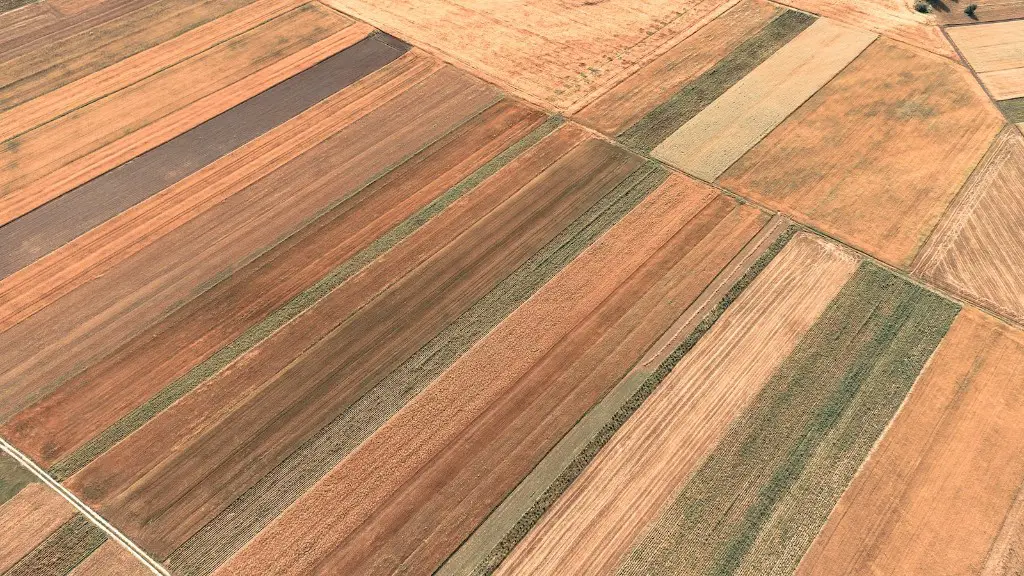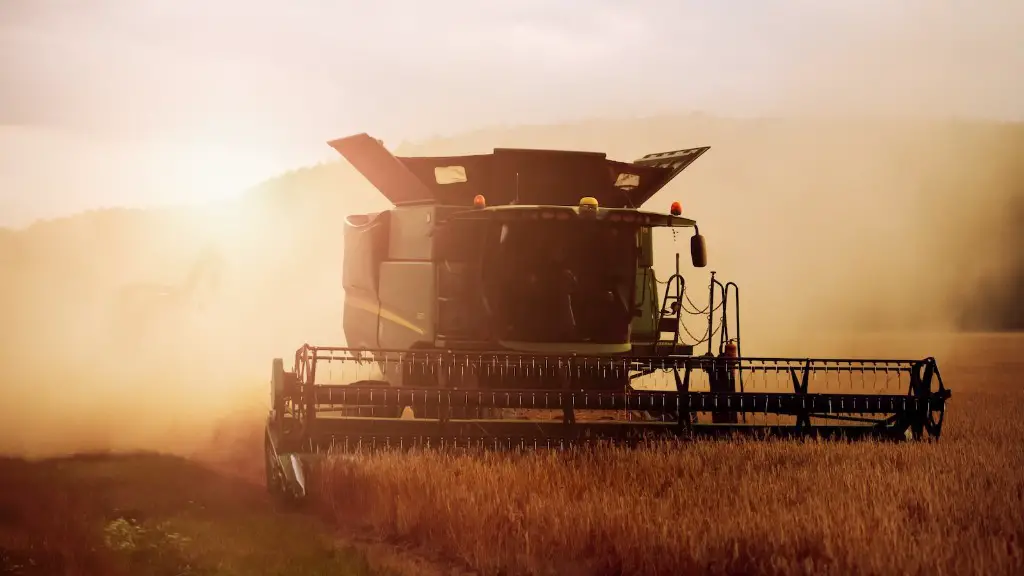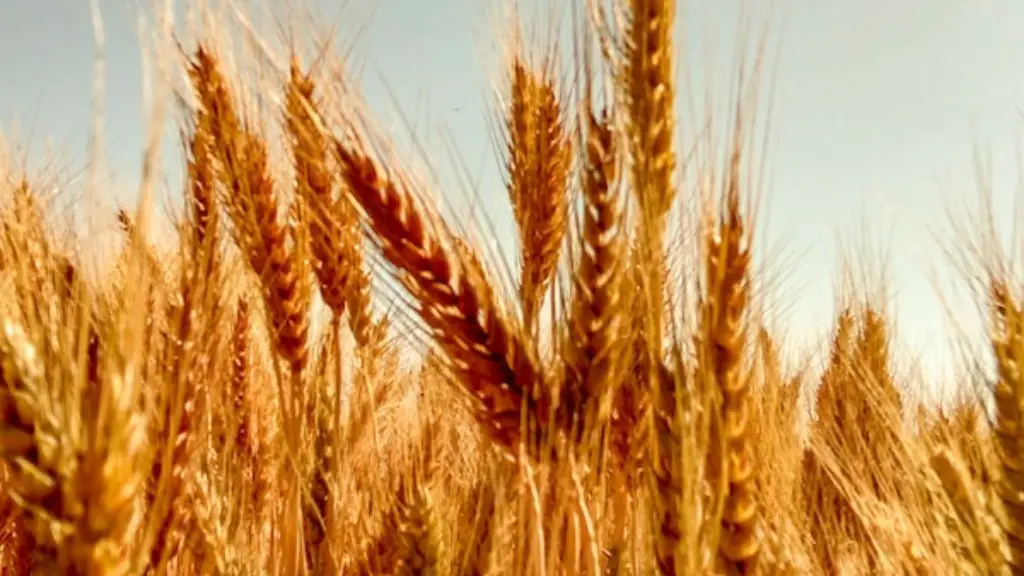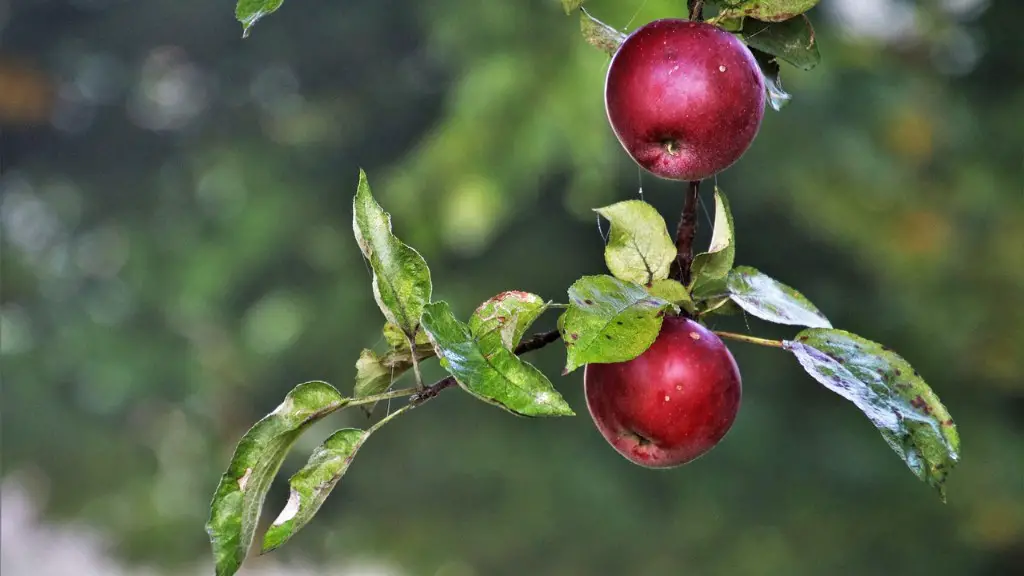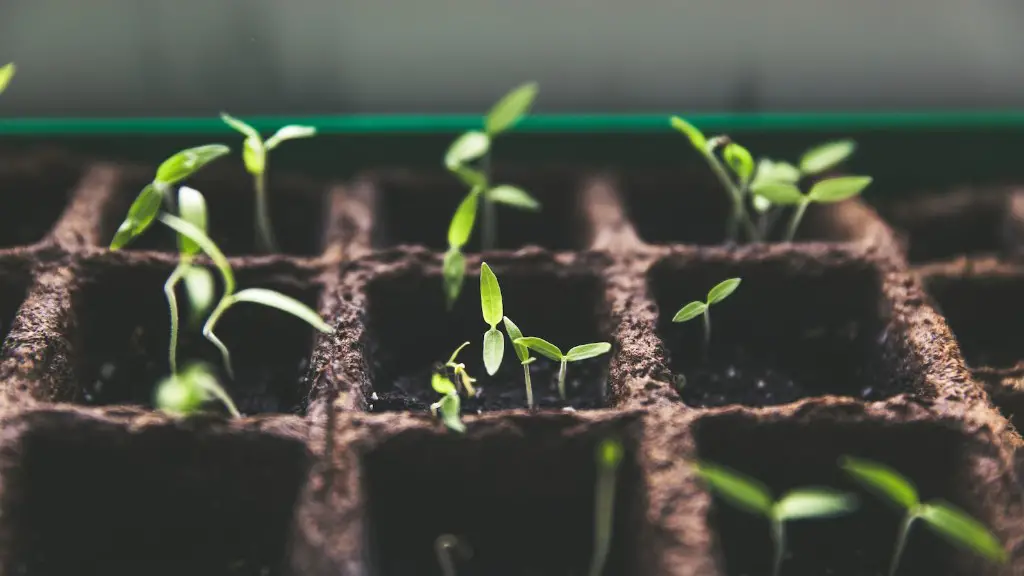Animal agriculture is one of the leading causes of climate change. The United Nations’ Food and Agriculture Organization estimates that animal agriculture is responsible for 14.5 percent of global greenhouse gas emissions, while other experts have estimated it could be as high as 51 percent. The main greenhouse gases emitted by animal agriculture are carbon dioxide, methane, and nitrous oxide. Methane is produced by cows and other ruminant animals when they digest their food, and nitrous oxide is produced from animal manure.
Animal agriculture also contributes to climate change by causing deforestation. Trees are cleared to make way for pastureland and cropland to grow feed for animals. Deforestation releases carbon dioxide into the atmosphere, and it also reduces the ability of forests to absorb carbon dioxide.
The greenhouse gases produced by animal agriculture contribute to climate change by trapping heat in the atmosphere and causing the Earth’s average temperature to rise. Animal agriculture is responsible for about 15% of global greenhouse gas emissions, with the majority coming from livestock raising and dairy production. Cattle, sheep, and pigs are the biggest methane emitters, while chickens and turkeys emit smaller amounts.
Is animal agriculture the biggest contributor to climate change?
Animal agriculture is responsible for a huge amount of greenhouse gas emissions and environmental degradation. It’s important that we all do our part to reduce our impact on the environment, and eating less meat is a great way to do that.
Animal agriculture is a major driver of global warming and biodiversity loss. The industry destroys ecosystems, releases huge quantities of greenhouse gases, wastes vast quantities of water, and is a major source of pollutants. All of these factors contribute to climate change and the loss of biodiversity.
What is the impact of agriculture on climate change
The agricultural sector is a significant contributor to greenhouse gas emissions, accounting for approximately 10% of global emissions. However, the sector also has the potential to play a key role in mitigating climate change, through practices that reduce emissions or increase carbon sequestration.
There is huge potential for the agricultural sector to reduce emissions through changed production practices and land use. For example, adopting no-tillage or reduced tillage systems can reduce emissions from soil disturbance, while planting cover crops can increase the amount of carbon stored in the soil. In addition, increasing forest cover can also help to sequester carbon.
While some of these practices come with increased costs or reduced productivity, there are many co-benefits that can offset these costs. For example, no-tillage systems can improve soil health, while planting trees can provide shade and improve water quality. As such, there are many opportunities for the agricultural sector to contribute to climate change mitigation, while also improving the sustainability of production.
Animal agriculture contributes significantly to global warming through ongoing emissions of the potent greenhouse gases methane and nitrous oxide, and displacement of biomass carbon on the land used to support livestock.
Livestock production is a major source of methane and nitrous oxide emissions. Methane is produced by enteric fermentation in ruminant animals, while nitrous oxide is emitted from manure management practices.
The livestock sector also displaces large amounts of carbon-containing biomass, which results in a release of carbon dioxide to the atmosphere. In addition, animal agriculture significantly alters land use, which can lead to changes in local climate.
All of these factors contribute to global warming, and thus animal agriculture is a significant driver of climate change.
What is the biggest contributor to climate change?
Fossil fuels are a significant contributor to climate change, and as greenhouse gas emissions continue to rise, the Earth is trapped in an increasingly warm blanket of air. As a result, the global climate is changing, and this is having a profound impact on our planet and its inhabitants.
Large animals are an important part of grassland ecosystems, providing many benefits that help to protect against fires, increase albedo, and retain carbon in vegetation and soil. By protecting large animal wildlife, we can help to support local biodiversity and ecological resilience.
What are the negative effects of animal farming?
Livestock production is a major source of water pollution and ammonia emissions, which can have a drastic impact on biodiversity, especially in aquatic ecosystems. This pollution can come from many sources, including manure, feedlots, and aquaculture operations. In addition, overfishing to provide fishmeal for animal feed also reduces biodiversity in marine ecosystems. These impacts can have serious consequences for the environment and human health.
The industrial animal agriculture industry is one of the most environmentally damaging industries on Earth. It depletes habitat and resources, contributes to climate change, and spreads deadly illnesses. The industry has displaced communities of wild plants and animals on half the habitable land on Earth.
What greenhouse gasses come from animal agriculture
The majority of livestock emissions are in the form of methane, which is a greenhouse gas. The remaining emissions are from nitrous oxide and carbon dioxide, which are also greenhouse gases. Therefore, livestock emissions are a major contributor to climate change.
The global food system is responsible for a significant portion of annual emissions, as commonly reported using the 100-year Global Warming Potential. This is due to the many steps involved in producing, transporting, and preparing food, all of which can release greenhouse gases into the atmosphere. In addition, the clearing of land for agriculture and livestock grazing contributes to deforestation, which also releases greenhouse gases.
What is the relationship between climate and agriculture?
Climate change has a number of impacts on agriculture, including changes in average temperatures, rainfall, and climate extremes. These changes can impact soil erosion, pests and diseases, atmospheric carbon dioxide, and the nutritional quality of some crops. Farmers will need to adapt their practices to these changes in order to continue to produce food for the world.
Livestock farming produces around 15% of the world’s greenhouse gas emissions. This is almost as much as the transport sector. It is one of the biggest contributors to climate change.
How much does animal agriculture contribute to CO2 emissions
Animal agriculture produces a huge amount of greenhouse gases, contributing to climate change. These emissions come from the animals themselves, from their waste, and from the deforestation that occurs to create grazing land and grow feed crops. Animal agriculture is a significant contributor to global warming, and reducing our consumption of meat and dairy products can help to protect the environment.
Livestock are largely responsible for greenhouse gas emissions, accounting for 145 percent of all global emissions. This includes emissions from grazing, feed production, manure, and other activities associated with livestock production. Reducing livestock emissions is essential to combating climate change.
Is animal agriculture the biggest polluter?
Animal agriculture is responsible for a huge portion of the world’s greenhouse gas emissions. The raising of livestock for human consumption generates nearly 15% of total global emissions, which is greater than all the transportation emissions combined. Animal agriculture is also responsible for 65% of the world’s nitrous oxide emissions, which has a global warming impact that is 296 times greater than carbon dioxide.
Electricity generation and heat production is responsible for approximately 28% of the world’s greenhouse gas emissions. The transportation industry is the second leading contributor to greenhouse gas emissions, accounting for approximately 26% of total emissions. Commercial and residential emissions account for approximately 10% of total emissions, while agriculture accounts for approximately 5%.
Final Words
Animal agriculture is a significant contributor to climate change. It is responsible for emitting large quantities of greenhouse gases, including carbon dioxide, methane, and nitrous oxide. These gases trap heat in the atmosphere and contribute to the Earth’s rising temperatures. Animal agriculture is also a major source of deforestation, as land is cleared to make room for pastures and feed crops. This destruction of natural habitats releases even more greenhouse gases into the atmosphere and exacerbates climate change.
Animal agriculture is one of the leading causes of greenhouse gas emissions, accounting for around 18% of all human-caused emissions. The majority of these emissions come from methane and nitrous oxide, both of which are much more potent than carbon dioxide when it comes to trapping heat in the atmosphere. Animal agriculture is also a leading cause of deforestation, as trees are cleared to make way for pastureland and crops to feed livestock. Deforestation adds even more carbon dioxide to the atmosphere, as trees are no longer around to absorb it. Animal agriculture is a major contributor to climate change, and we need to do something about it.
